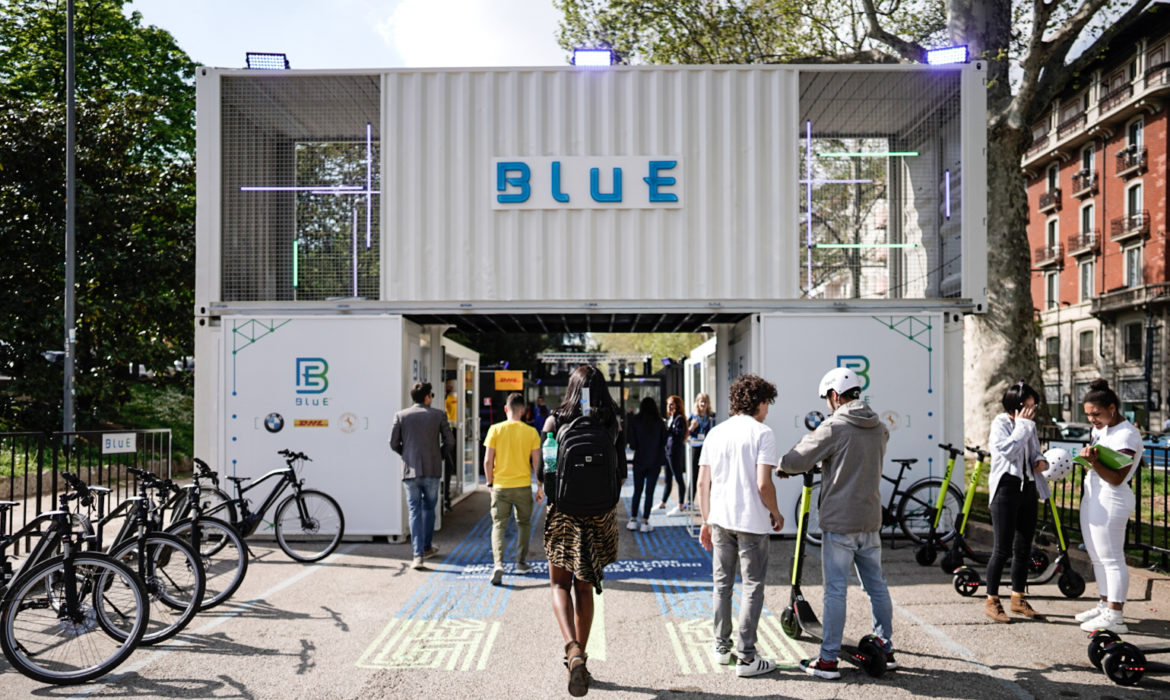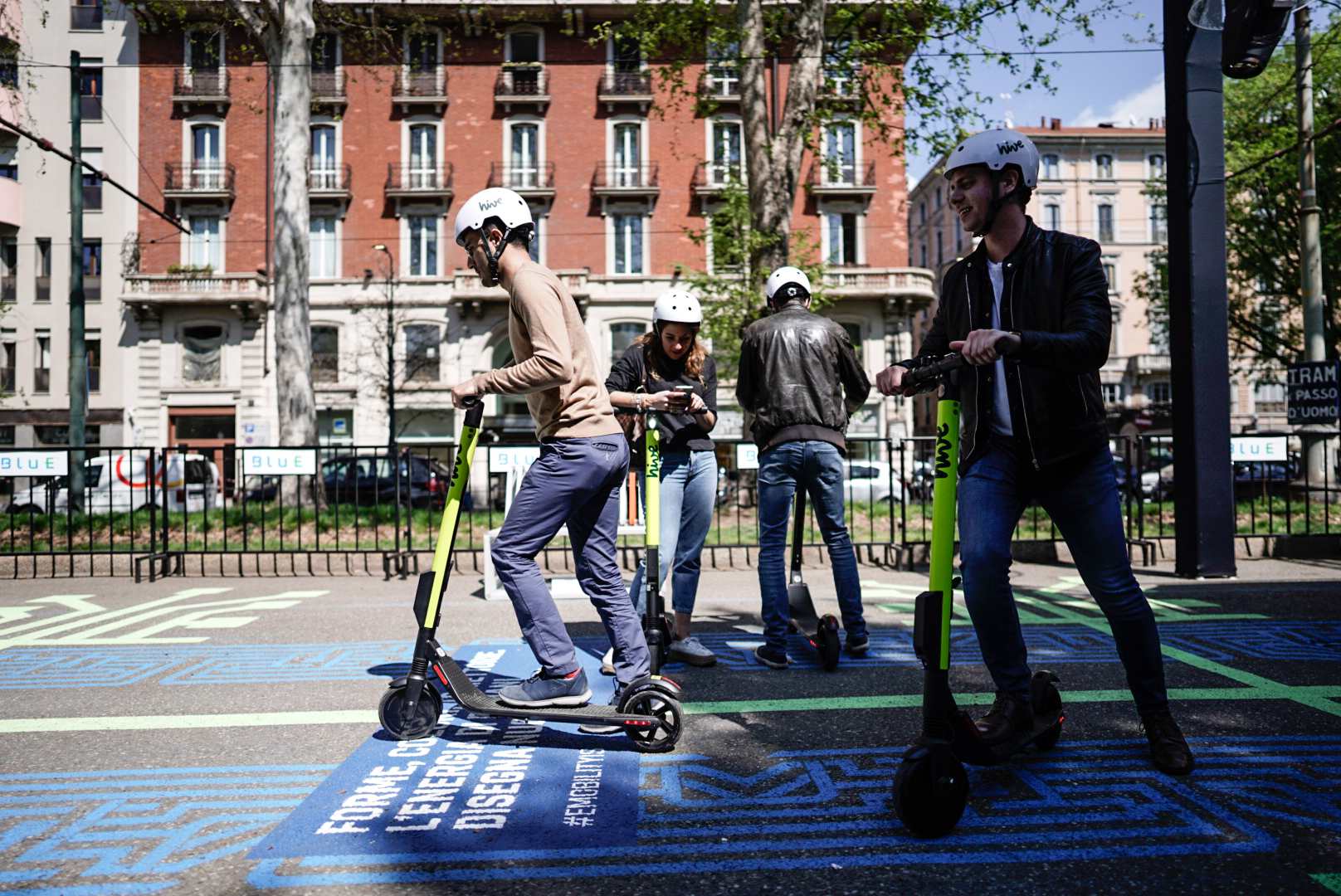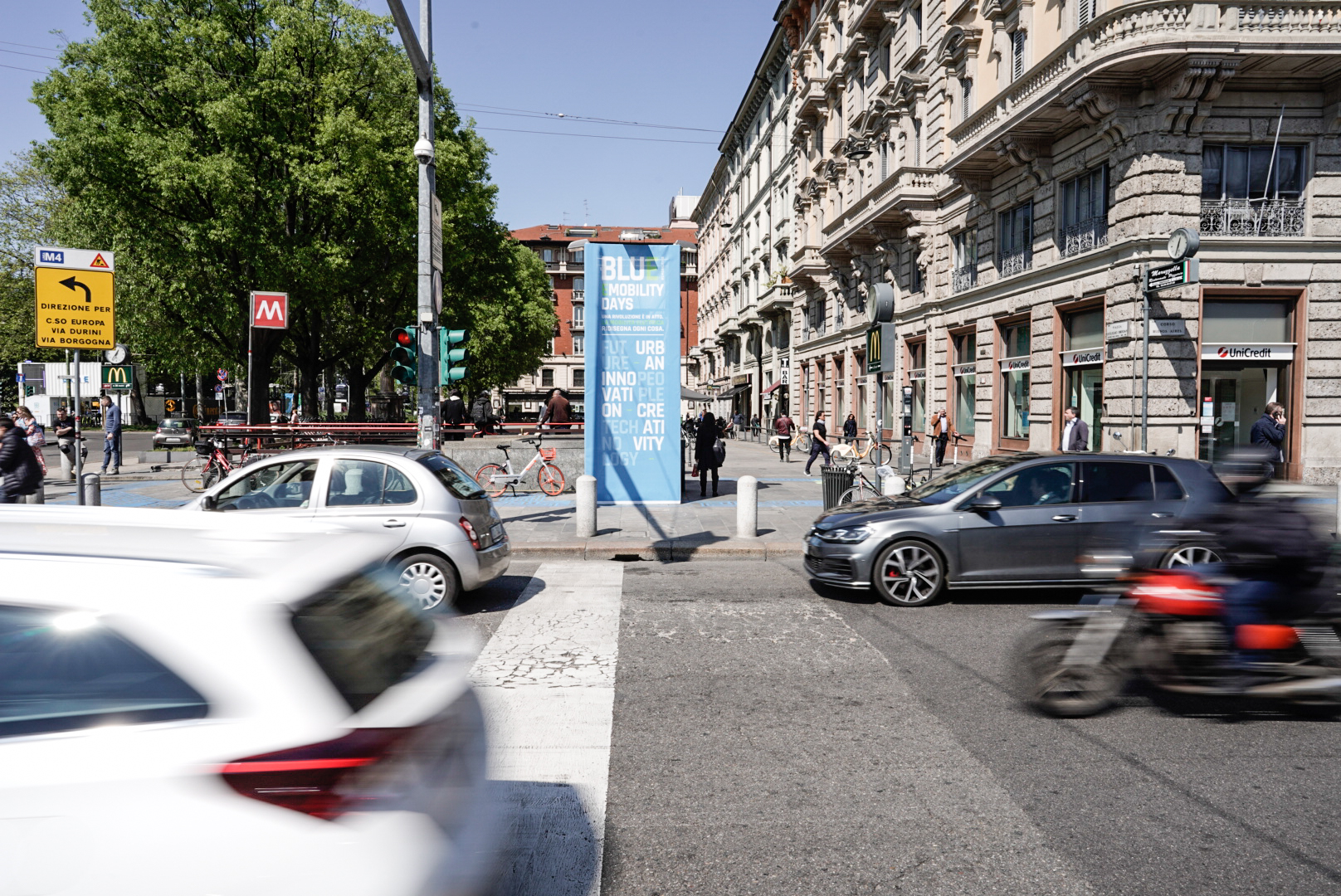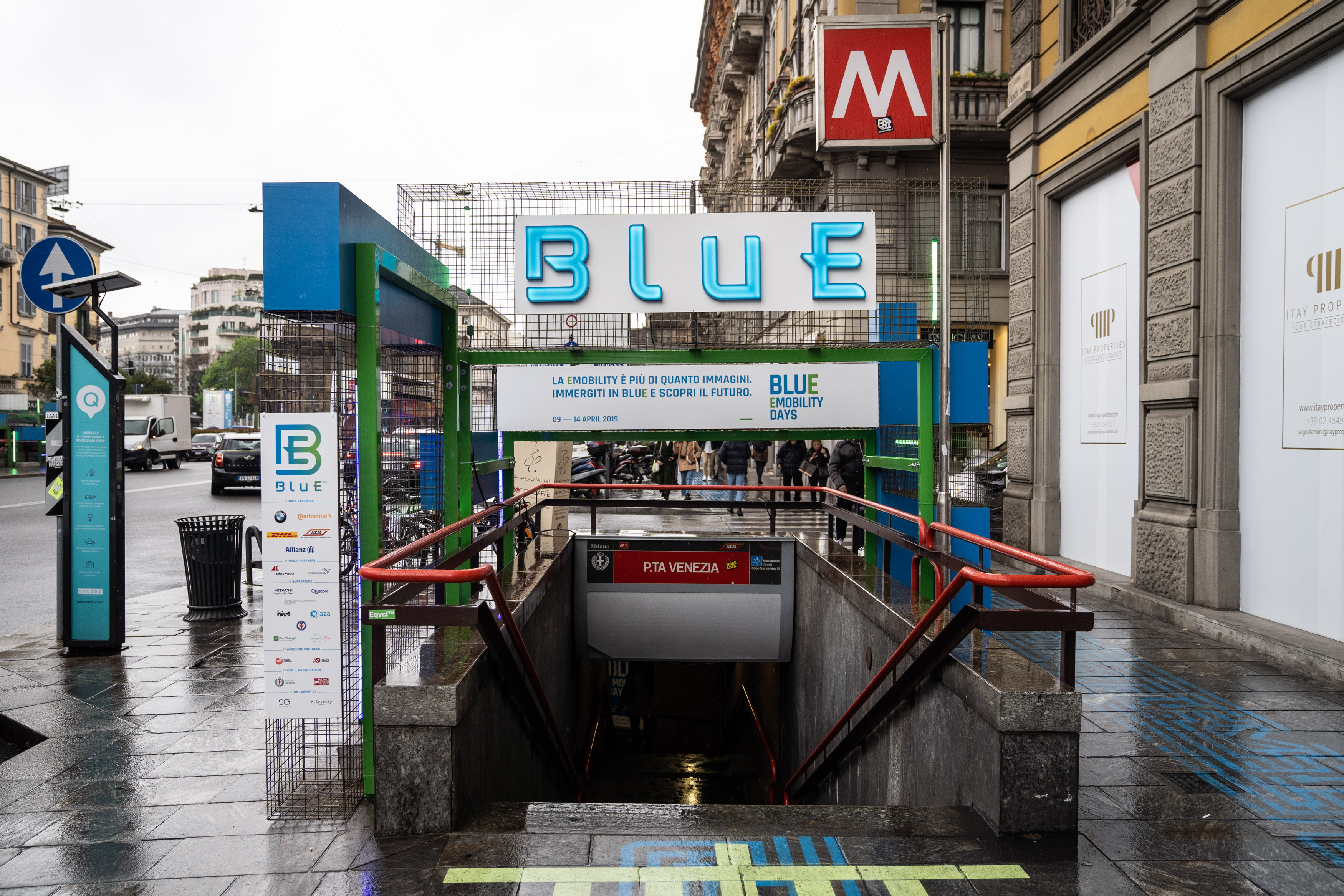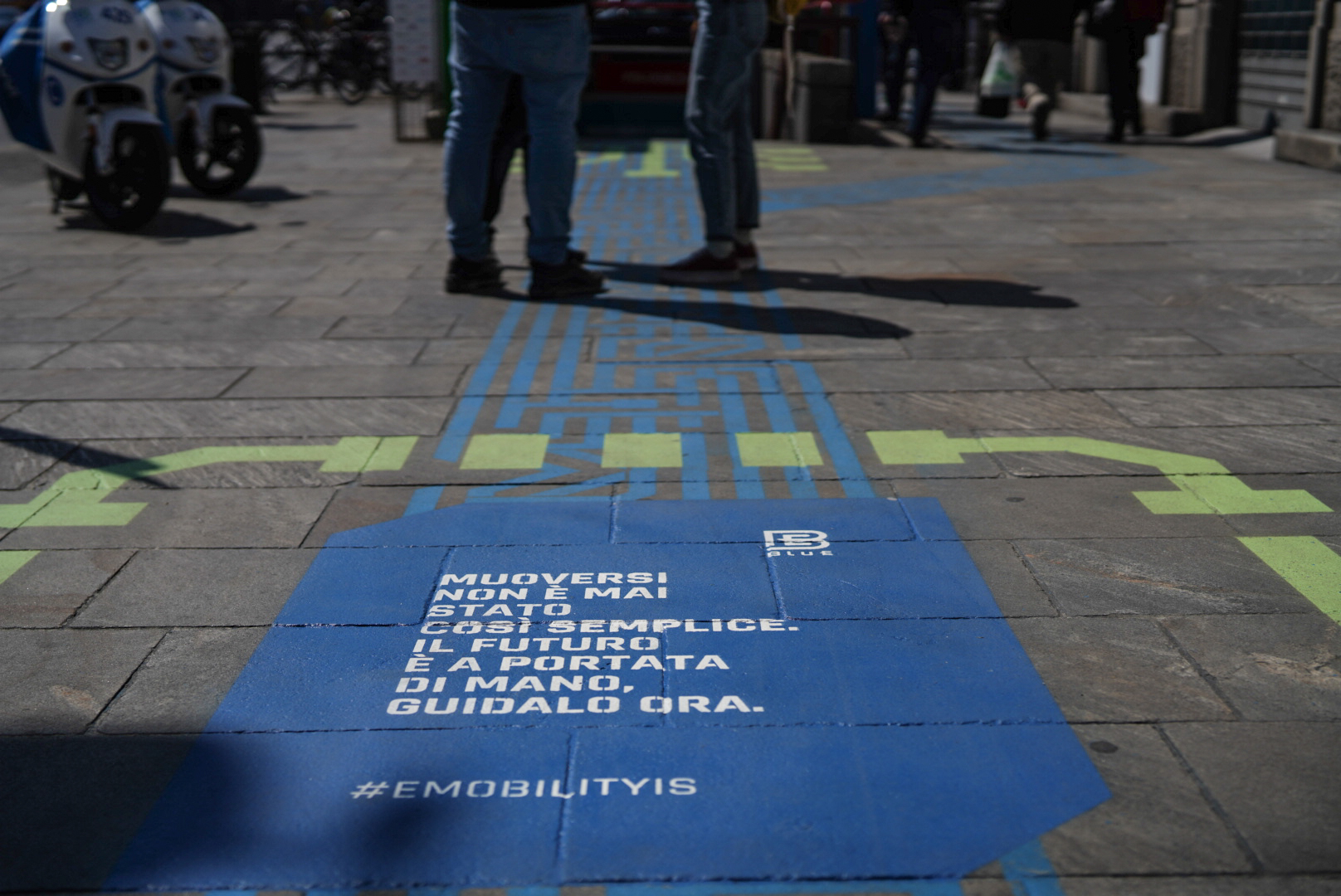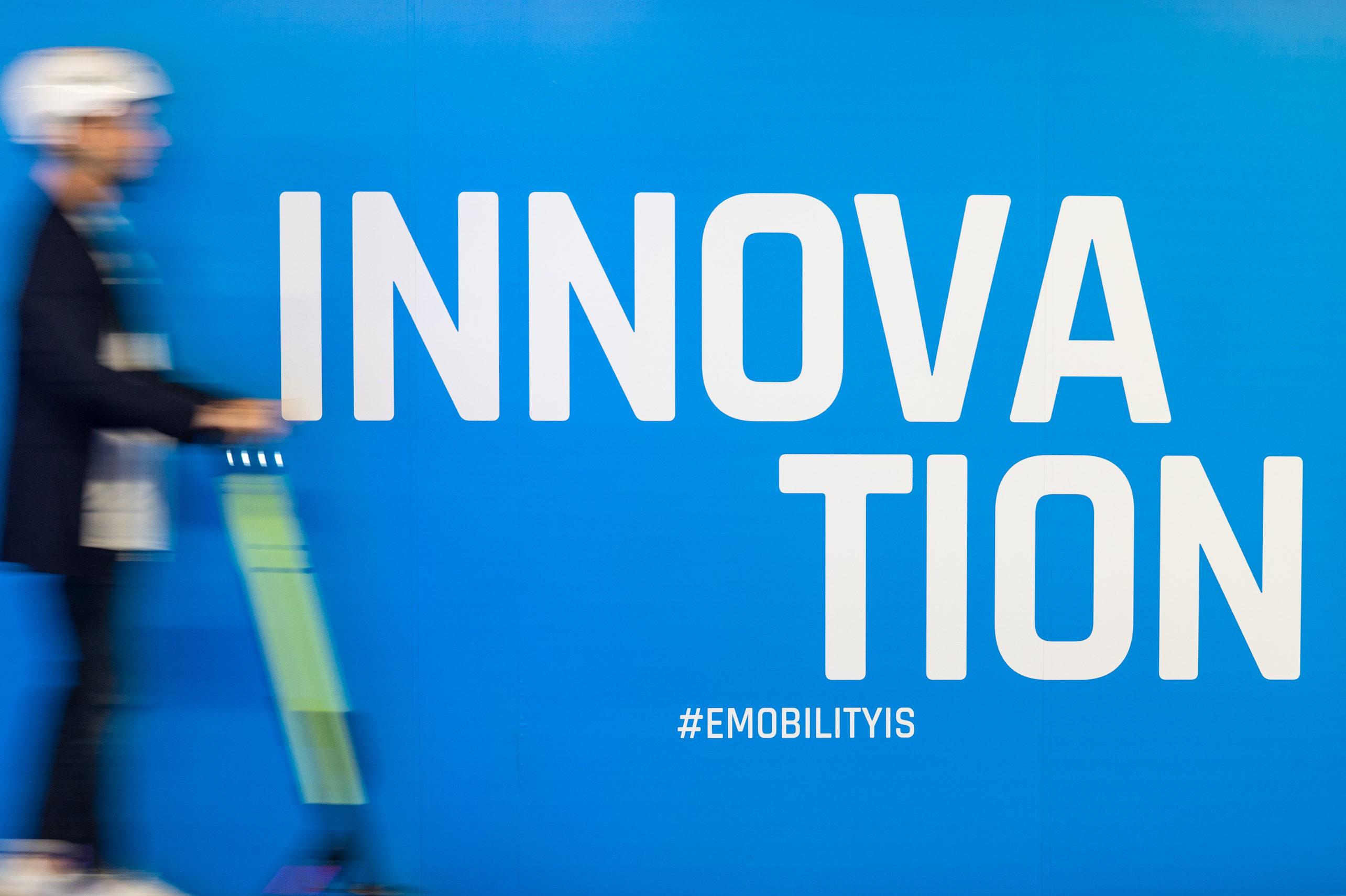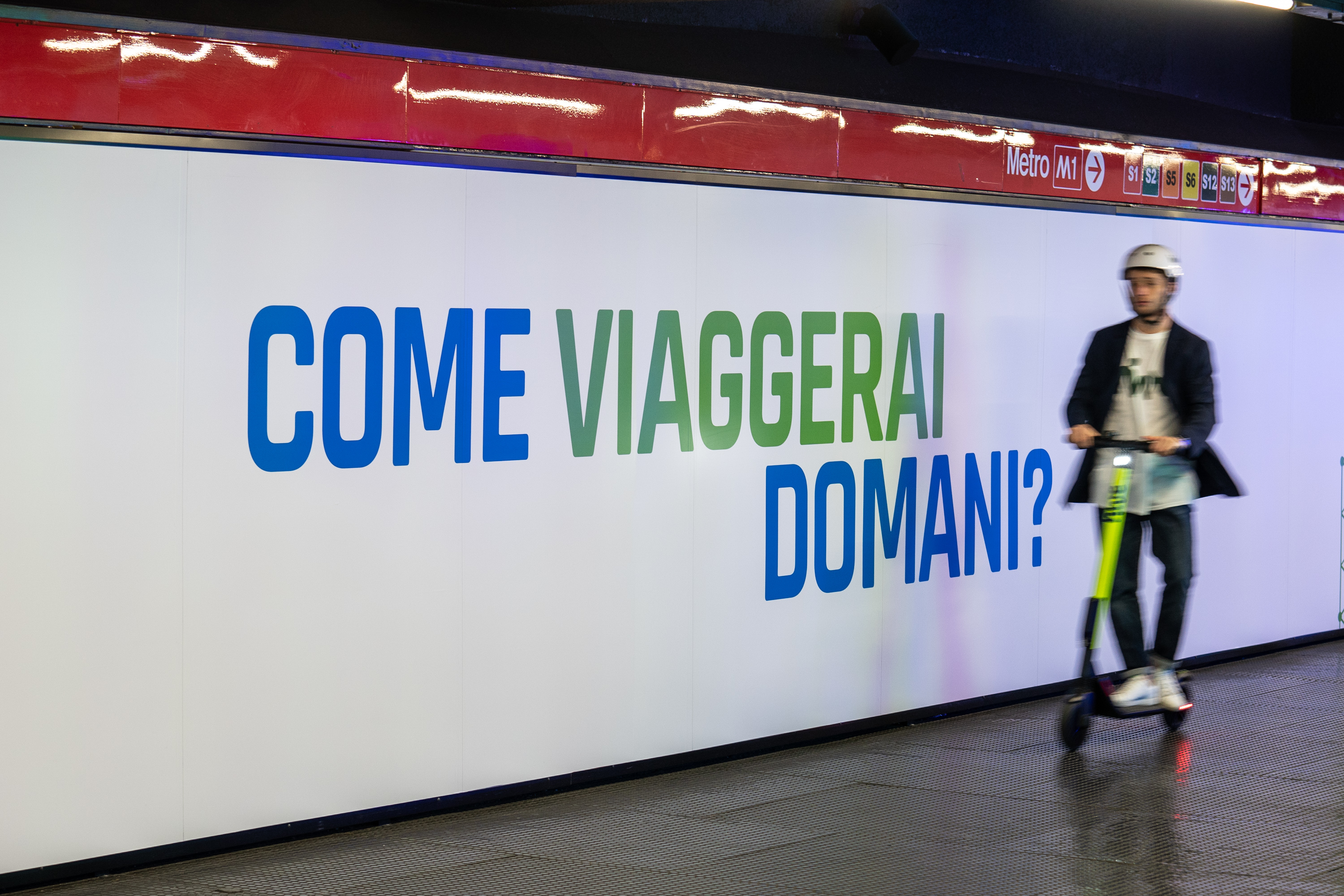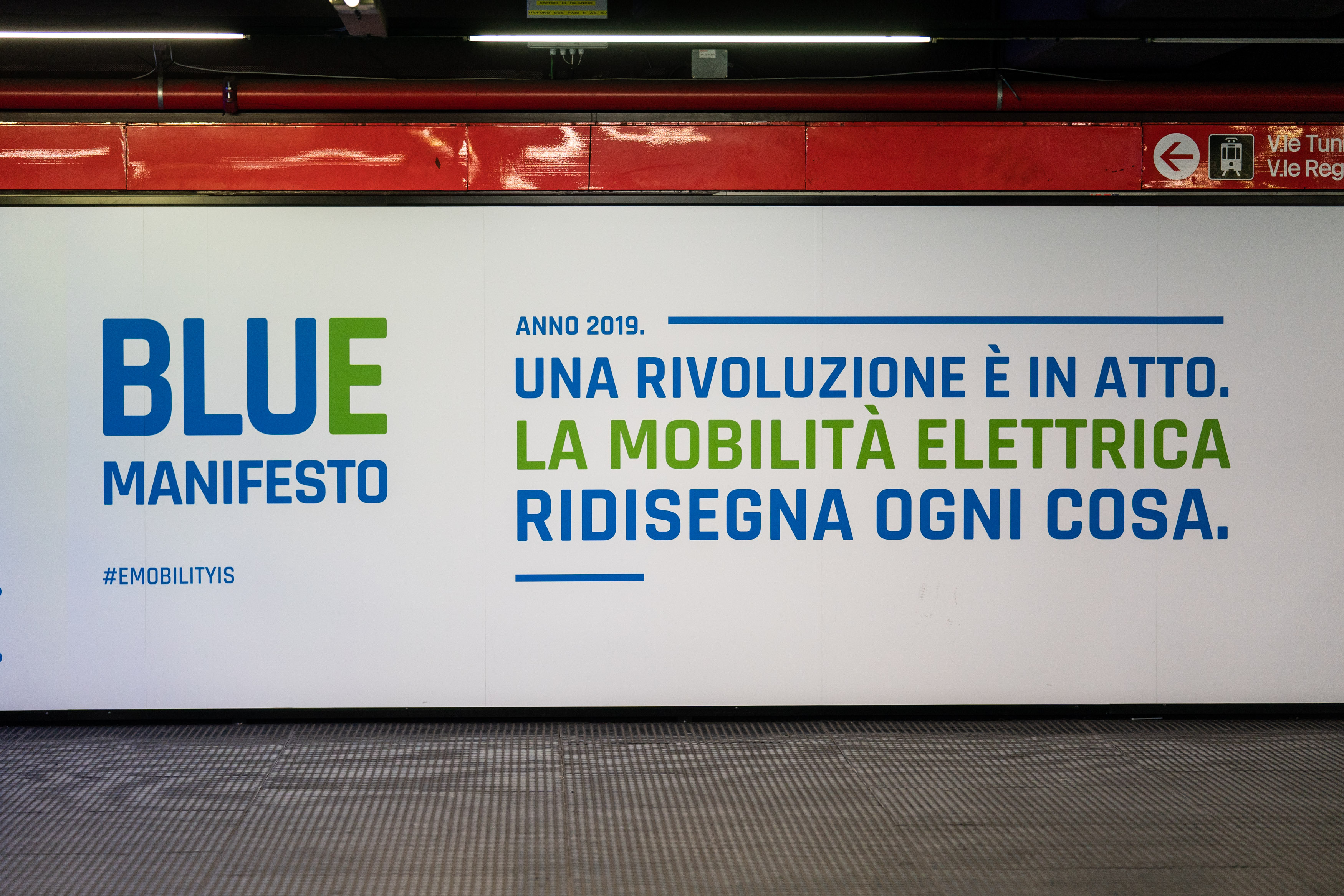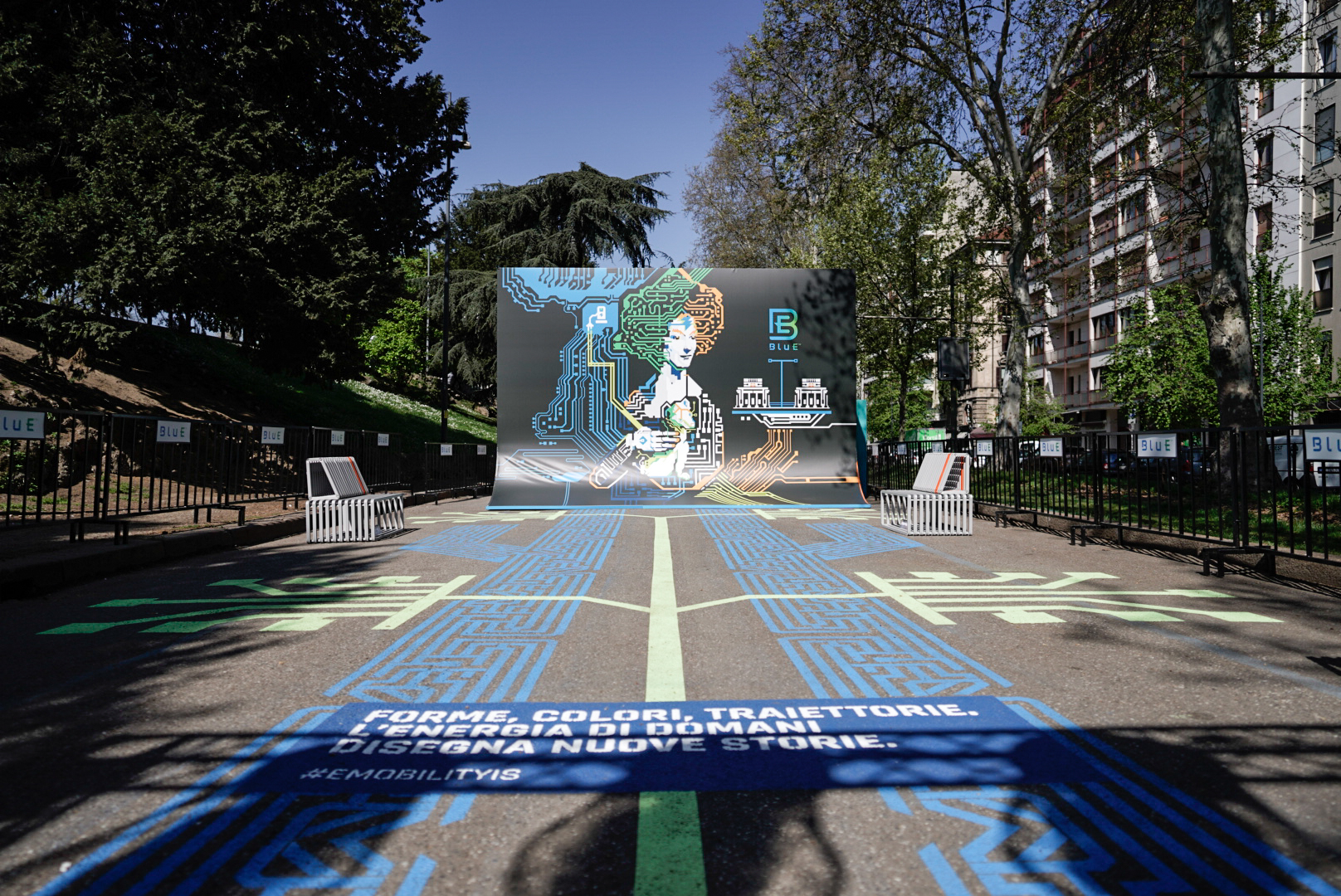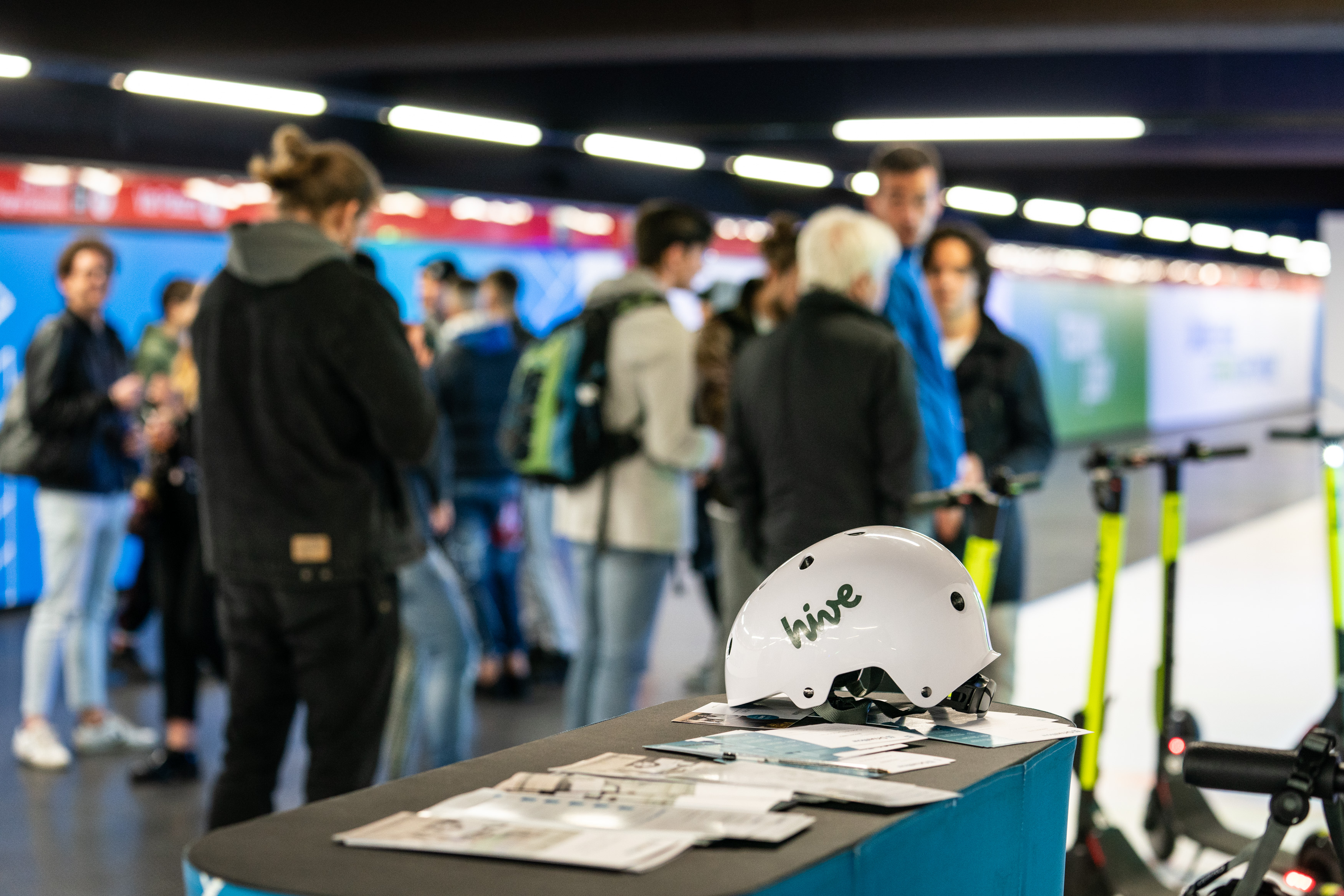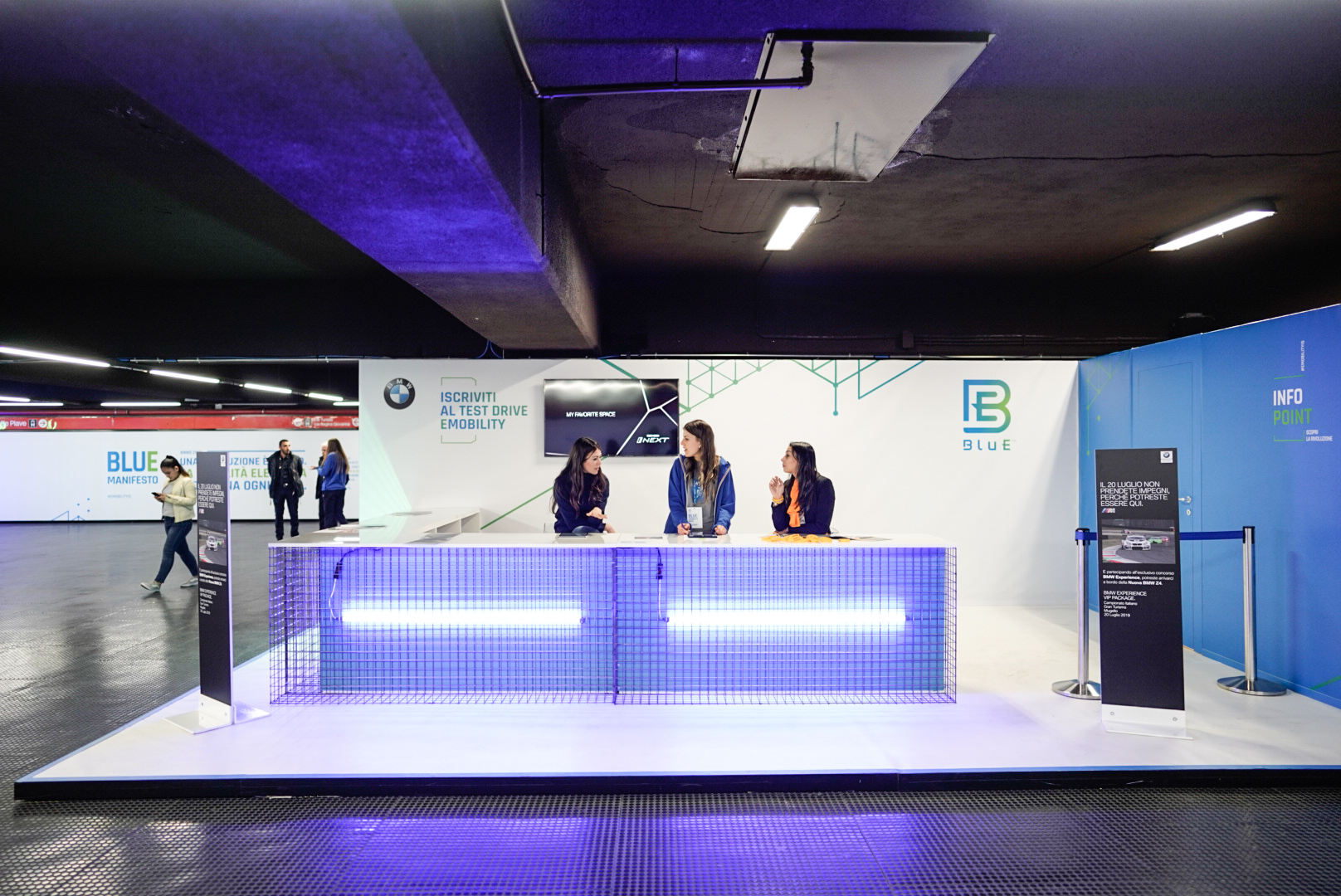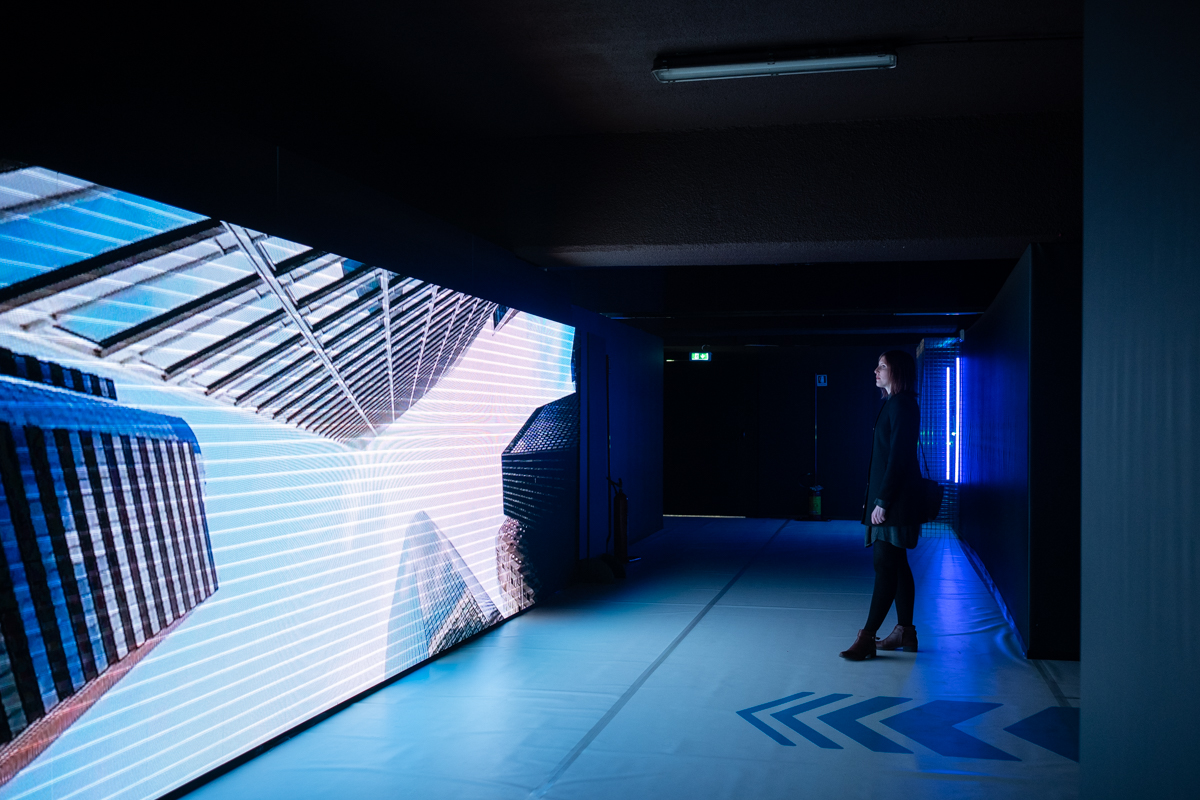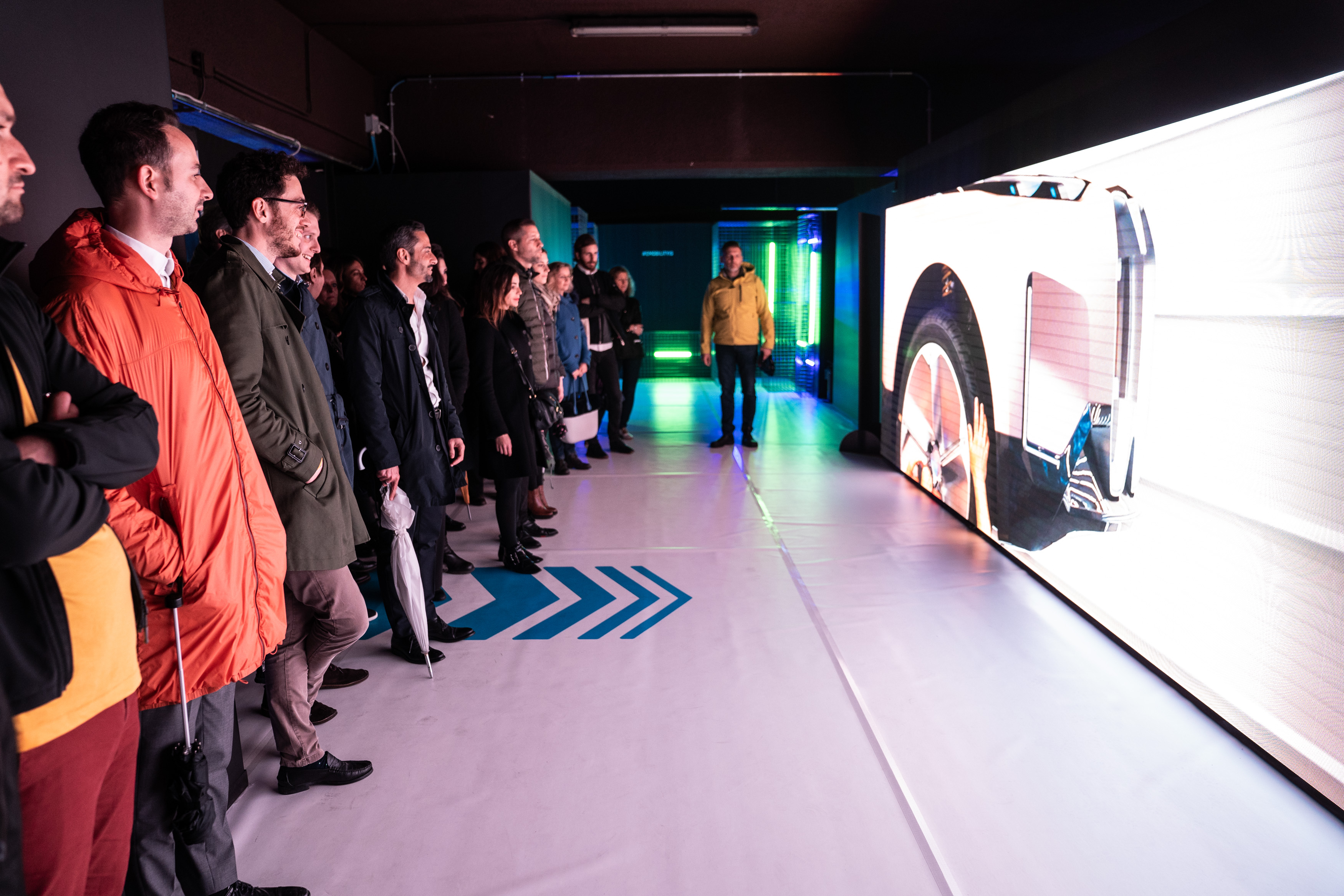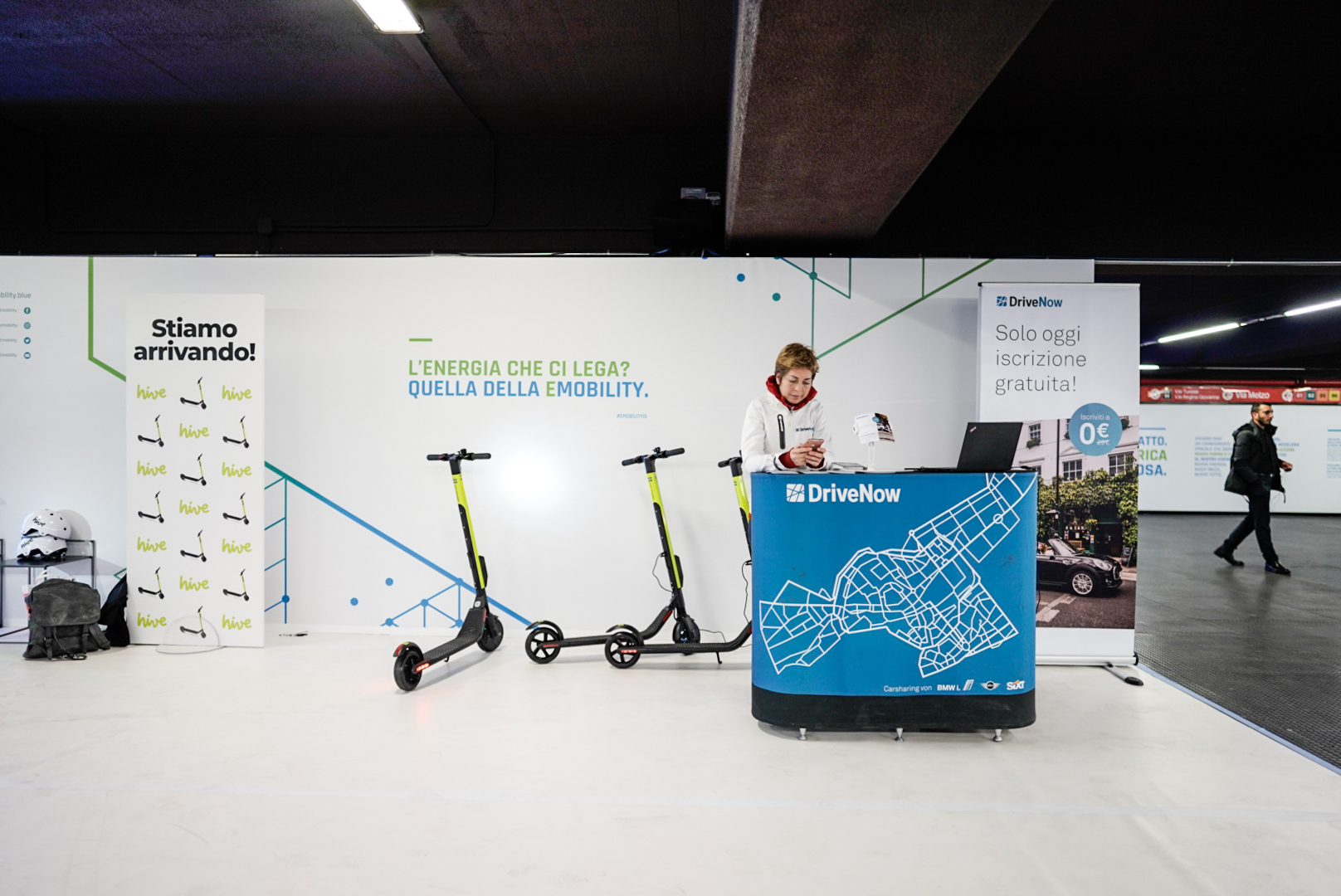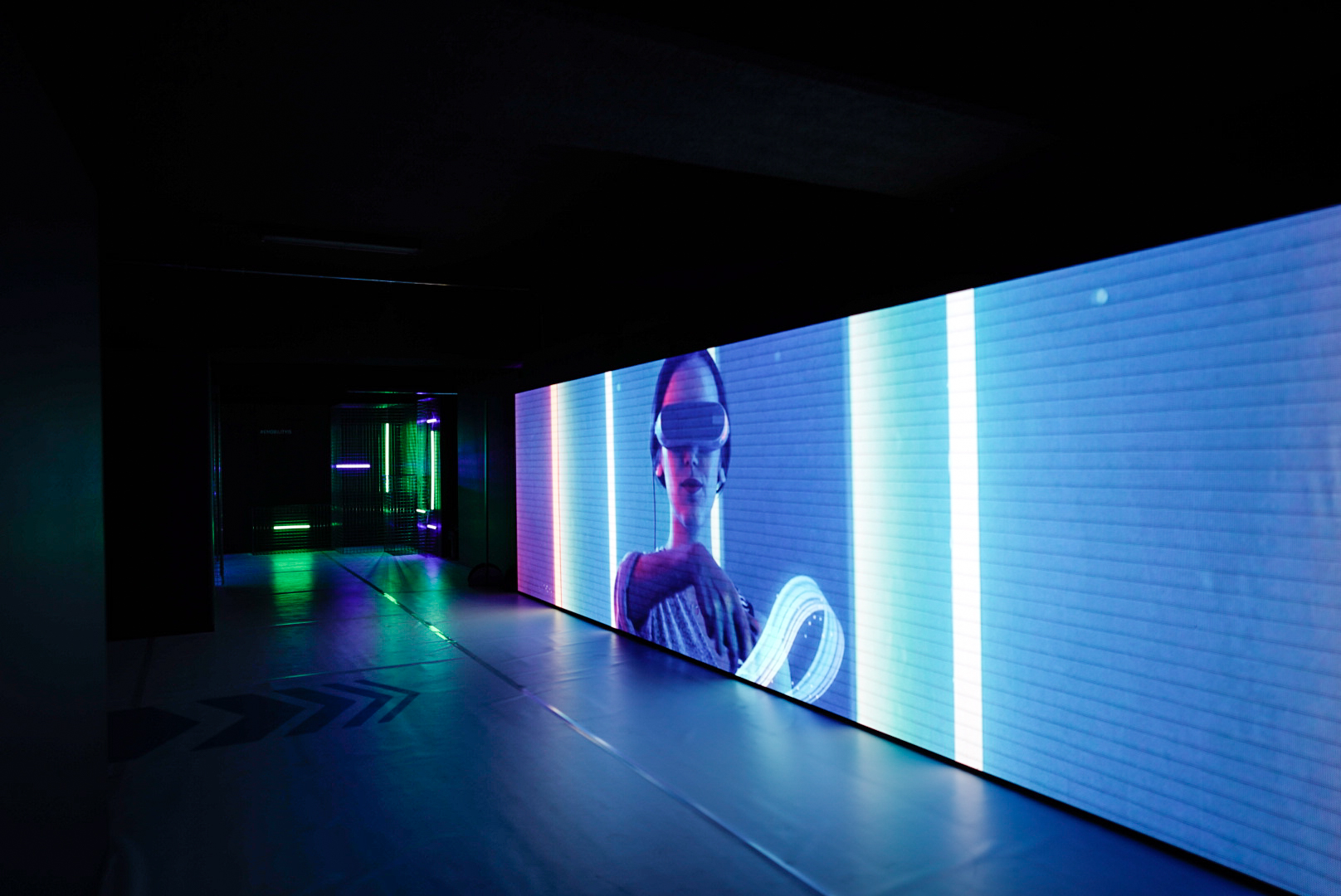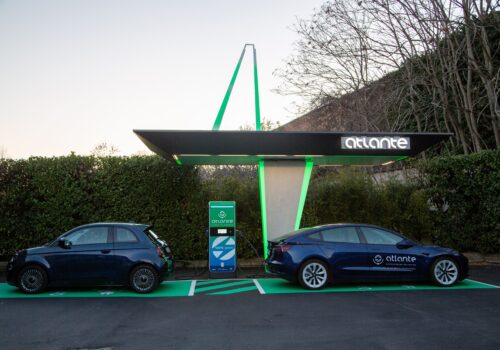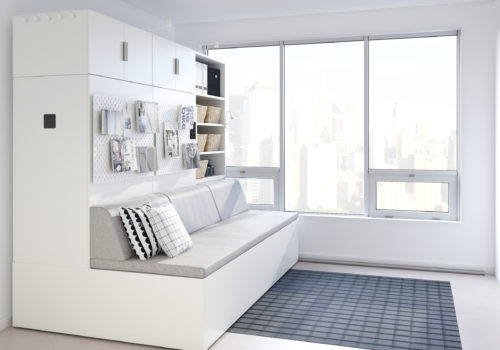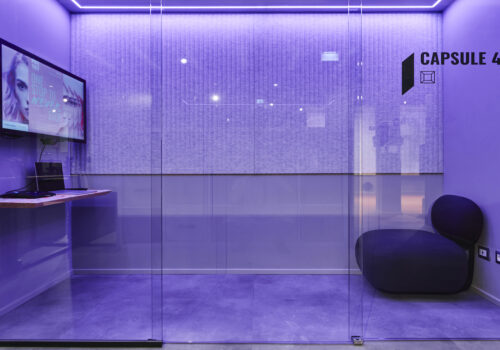A commitment to work on the themes of sustainability together for a better future are the focus of the first session of the innovative BluE format, taking place on the mezzanine floor of Metro 1 at Porta Venezia for Milan Design Week.
The initiative, organized by SG Company and the M. Seventy Group under the patronage of the City of Milan, featured 6 days of thematic talks, installations and exhibits to discuss electric mobility and green energy, themes that involve many aspects of our everyday lives, from logistics to design, from scientific research to technological applications, to the transformation of our lifestyles. For the public, there are road tests of latest generation motor vehicles, especially in the Blue Village at Corso Buenos Aires and Piazza Oberdan; posted in various locations around the city, the “BluE HUBs” are veritable technological islands for sharing.
The partners include some of the leaders in the field of electric mobility, including BMW, Hitach Rail STS, the Allianz insurance group and Automobile Club Milano.
At the main conference on April 9th, titled “Energy and sustainability: commitment and sharing for a better future”, speakers included the Councilor for City Planning, Green Spaces and Agriculture for the City of Milan Pierfrancesco Maran, Nicola Armaroli from CNR, the National Research Council, and Generoso Immediato from Hitachi Rail STS.
The introduction, curated by the journalist Massimo degli Espositi, started with an analysis of the state of the art, presented by the World Bank, on how other countries are preparing for the transition to a sustainable energy system. Leading the way are the Nordic countries, while Italy ranks 29th, not far from the United States. This confirms that some smaller countries are rather advanced in this field, but their influence is limited because they deal with rather small volumes.
On the other side hand we find that the goal for the year 2050, to reduce CO2 emissions to zero, and the fact that this year the world has reached record levels of fossil fuel combustion, seen to be two clearly contradictory elements.
According to Nicola Armaroli from the CNR, “the problem delves its roots in the fact that some countries are growing exponentially, such as Indonesia. To slow down climate change, states Armaroli, we need to start removing CO2 from the atmosphere, but the cost of this operation is far too high. We are working to draw power from solar energy, trying to imitate nature, with a simpler and more efficient process that requires a decisive upgrade in technology. So we are seeking funding in Europe for a major project that works towards this end; but though our continent has the expertise, the laboratories and the corporations to get started, we are having a hard time convincing the political side of how urgent this issue is».
For Generoso Immediato, of Hitachi Rail STS, ” it is essential to understand how we can find alternative solutions. Our business strategy is rooted in the values of sustainability and we produce avant-garde technology to solve problems in the fields of transportation and energy efficiency. In recent years, many advancements have been made in the area of railroad transportation: considering how the train interacts with the power supply, it is surely the best in class as a means of transportation. We can borrow good ideas from the way it works, from an engineering point of view: energy efficiency, optimized battery-recharging, timetable improvement, recycling of electric energy. To link this knowledge with the evolution underway in city planning is the key to achieving an intelligent city, which in turn provides data and the possibility of intervening more productively at the systems level».
A significant example is the experience of the Metro 5 in Milan, «the first line in the city with a completely automatic driving system that can reach a synchronisation of 50 seconds, recounts Immediato, and is managed by a single control centre, from which any command may be sent to the trains in motion and all the spaces. Looking at the subway systems in Copenhagen, there is room for improvement by working on the passenger flow statistics, with the purpose of increasing the number of trains in service only if there is real demand, thereby increasing efficiency and saving on costs».
Councillor Maran noted that technology can do its part, but it requires citizens to change their lifestyles. “Politics must also make decisions that support this aim, stated the councillor. Ten years ago, there were no high-speed trains from Milan to Rome, you had to take a plane. Now people mostly take the train. Certainly, if you have to travel from Milan to Paris, air travel beats trains, but it is a very interesting competition from an environmental point of view, because the train pollutes very little and airplanes pollute a lot. The problem is complex and constantly evolving, added Maran; unfortunately there is no one technology and one univocal policy that can offer a comprehensive vision of change. It is therefore important to work at the local level, continued Maran, based on the specificity of each individual territory, like we are doing in Milan: reducing the number of diesel-fueled cars, increasing green spaces in the city by reclaiming the spaces occupied by cars parked in no-parking areas, of which the project to revitalize Corso Sempione is a concrete and relevant example, the creation of new parks, along with writing new rules that require higher levels of energy performance for new constructions».
© ALL RIGHTS RESERVED
translation by Olga Barmine


